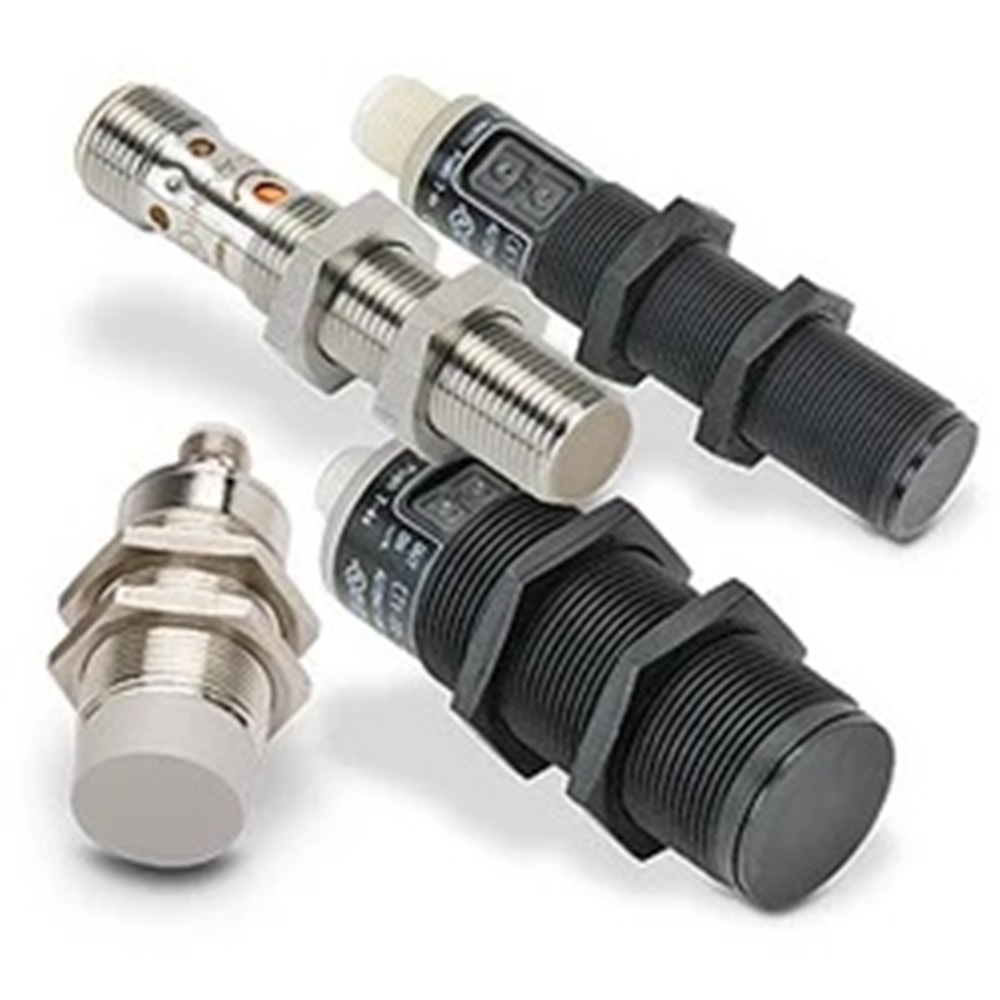
The global market for rheumatoid arthritis treatments is expected to grow at a CAGR of...
Learn More
Our consulting solutions address company specific challenges with respect to micro environment...
Learn More
Organizations frequently need day-today research guidancein order to gain strategic...
Learn More
Exploring different areas of market research and market analysis is a key factor...
Learn MoreAcute Market Reports presents the most extensive global business research services across industries. Our research studies focus on potential outcomes, benefits, and risks associated with each market segment across geographies. Having served our global clients for more than 10 years, our prime priority is to enable our clients in making well-informed business decisions through a data-driven, analytical, and uncomplicated research approach.
We provide access to the world's most comprehensive, analytical, and updated business intelligence services and solutions.




The pediatric allergy treatment market is expected to grow at a CAGR of 7.5% during the forecast period of 2025 to 2033, driven by demographic considerations, allergen types, and evolving treatment modalities. The market's dynamism, however, is tempe...
Read More
The capacitive position sensors market is expected to grow at a CAGR of 5.6% during the forecast period of 2025 to 2033. Capacitive position sensors are pivotal components in modern technology, used extensively to determine the position or change in ...
Read More
The gastric electrical stimulation systems market is expected to grow at a CAGR of 6.9% during the forecast period of 2025 to 2033, propelled by advancements in low-frequency and high-frequency gastric electrical stimulators, a surge in applications,...
Read More




